Action
Plan Assignment
Instructions
Write an action plan for a goal
that will work as a result of what
is learned in this course.

 1.
Write an action plan for a goal you
are going to work on as a result of what you learned in this course? (Make sure
you have a clear goal, to achieve goals that target dates and goals. Remember
that if you are not on the schedule you will not do it)..
1.
Write an action plan for a goal you
are going to work on as a result of what you learned in this course? (Make sure
you have a clear goal, to achieve goals that target dates and goals. Remember
that if you are not on the schedule you will not do it)..
PLAN OF ACTION
_JOSE CARLOS LOMBAS HUERTA__
Then write your objectives and the actions you will take to improve your competencies and skills to find work or start your own company. With the training that you will receive in Job-Yes after completing the self-analysis of needs, can detect what skills are in which have a lower level and that you should improve. With these results, we suggest that you include the list of the skills that you have a level lower than in your Plan of action "Part I. training" and think of other learning activities that can help you improve.
OBJECTIVES
(Target list) |
TASKS
(What you need to do to achieve the objectives.) |
CRITERIA FOR SUCCESS
(How are you going to know if you have achieved them?) |
DATE OF COMPLETION
(When what you gonna do?) |
State S
(In progress / done) |
PART I. FORMATION
| ||||
1. in order to improve my skills related to "Social and civic" competition:
a) ...
|
Talk to unknown people, but what I don't have that problem. Use diplomacy
|
More smiles
|
04/19/2017
|
Well
|
2. to improve my skills related to 'Learn to learn' competition:
(a)...
|
Begin to unlearn so as to learn from another form
|
Global understanding.
|
04 / 26/2017
|
Improving
|
3. to improve my skills with the "Sense of the initiative and the entrepreneurship" competition:
(a)...
|
Browse new offers, send your cv, ask in businesses and offices and see calls for public administracciones
|
Varolar my curriculum offers and select
|
05 / 05/2017
|
Short empty time. Good for stress
|
4. in order to improve my skills related to Digital competition:
(a)...
|
Training, courses, practice and exercises
|
Best presen benefits
|
10/05/2017
|
More creative
|
PART II. EMPLOYMENT
| ||||
Friends, acquaintances and employers to count my cv and my availability, and my needs
|
Get to know me, and create a need for my specialty
|
05/05/2017
|
Less stress and anxiety
| |
PART III. ENTREPRENEURSHIP
| ||||
Browse new offers, send your cv, ask in businesses and offices and see calls for public administracciones
|
05/05/2017
|
Less stress and anxiety
| ||
Business cooperative oen options
|
10/05/2017
|
More creative
| ||
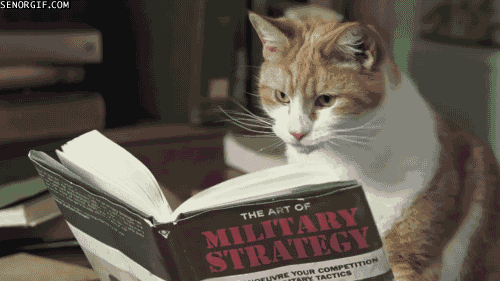 | ||||
What have you done in the past that will help
you succeed?
Study, read, travel, love, look, create
and think.
What could stand in the way of completing this
goal?
The scarcity of monetary resources, and
consequent depression
What resources or tutors will you use to help
achieve this goal?
Map route of places of my interest to work with
my knowledge, skills and resources.
I have a job counselor who is a friend, and
offers to accompany me.
At the end of each day, rank your progress
through a numerical score from 1 (lowest) to 5 (highest)?
Between 4 and 5, effort in hours, interviews,
questions queries and study
Choose someone who is going to inform you and
who will inspire you to continue working on achieving your goal?
Image Result of Action Plan Assignment
My job counselor, who is willing, despite my
age: 57 years, I feel very strong will, consciences and desire to learn and
teach.
My job counselor, who is willing, despite my
age: 57 years, I feel very strong will, consciences and desire to learn and
teach.

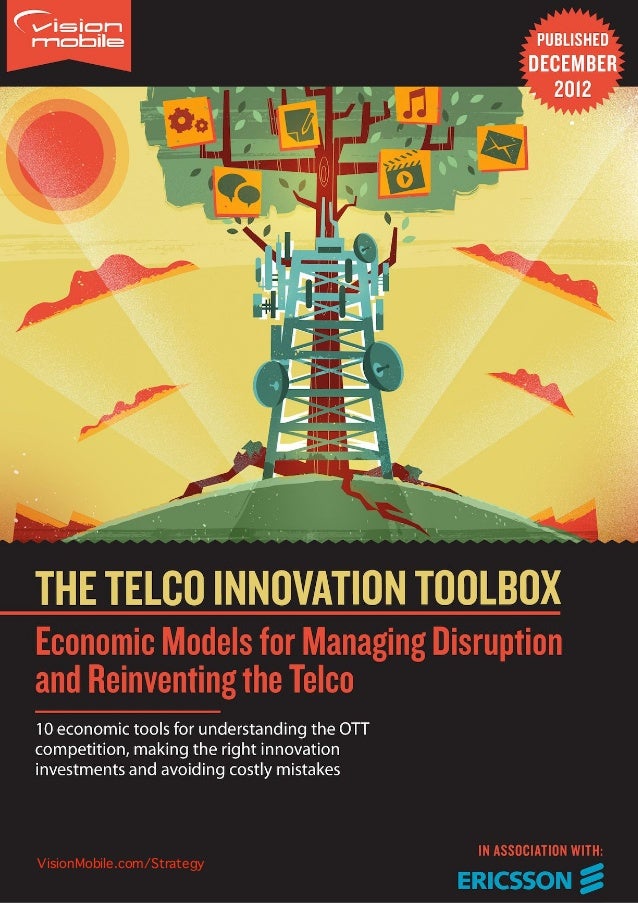 “Change is ongoing in organizations as new ways of working replace, reshape and overlap traditional structures. New working environments are sought where people can contribute their creativity and where new ideas can be nurtured and developed into further innovations that transform organizations and lead to the production of new commodities and the delivery of new services. Change, creativity and innovation represent key processes to organizations operating in the 21st. Century.” (Andriopoulos and Dawson. “Managing Change, Creativity and Innovation” )
“Change is ongoing in organizations as new ways of working replace, reshape and overlap traditional structures. New working environments are sought where people can contribute their creativity and where new ideas can be nurtured and developed into further innovations that transform organizations and lead to the production of new commodities and the delivery of new services. Change, creativity and innovation represent key processes to organizations operating in the 21st. Century.” (Andriopoulos and Dawson. “Managing Change, Creativity and Innovation” )
 The Heath brothers have a habit of writing books together, and several of them are worthy of getting a place on your shelf.
The Heath brothers have a habit of writing books together, and several of them are worthy of getting a place on your shelf.
This one is already a classic, and it asks (and answers) the question: Why is it so hard to make lasting changes in our companies, in our communities, and in our own lives? In short: While our rational mind understands we need to change, our emotional mind needs convincing.
Also worth reading: Made to Stick: Why Some Ideas Survive and Others Die
 This is basically the bible of innovation, if you had to pick one. Already a classic, published in 2001, the book shows how Tom Kelley created an empire around innovation techniques at IDEO. Yes, it sometimes sounds like a religious cult. And yes, the approaches IDEO took are already widely known today. But still: The method that relies strongly on collaboration, user centered design, brainstorming and early prototyping is successful – and well worth the read.
This is basically the bible of innovation, if you had to pick one. Already a classic, published in 2001, the book shows how Tom Kelley created an empire around innovation techniques at IDEO. Yes, it sometimes sounds like a religious cult. And yes, the approaches IDEO took are already widely known today. But still: The method that relies strongly on collaboration, user centered design, brainstorming and early prototyping is successful – and well worth the read.
Creativity, innovation, and initiative are psychological processes that facilitate the transformation of individual work roles, teams, and organisations into desired future states. Therefore, the present paper focuses on potential research trends in this increasingly important area. Specifically, we identify three substantive gaps reflecting the needs for greater process differentiation, concept integration, and cross-cultural analysis. First, potential differential antecedents of specific creativity or innovation phases have received insufficient attention. Second, the creativity and innovation research domain may benefit from an integration of recently developed proactivity concepts such as personal initiative and voice behavior. Third, cross-cultural differences in values, motivational orientations, and leadership preferences may determine how creativity and innovation are enacted and cultivated across the globe. With respect to each of these future challenges, we provide suggestions for theoretical and empirical advancements and discuss potential practical and methodological developments.


Documentary annexes
 “Change is ongoing in organizations as new ways of working replace, reshape and overlap traditional structures. New working environments are sought where people can contribute their creativity and where new ideas can be nurtured and developed into further innovations that transform organizations and lead to the production of new commodities and the delivery of new services. Change, creativity and innovation represent key processes to organizations operating in the 21st. Century.” (Andriopoulos and Dawson. “Managing Change, Creativity and Innovation” )
“Change is ongoing in organizations as new ways of working replace, reshape and overlap traditional structures. New working environments are sought where people can contribute their creativity and where new ideas can be nurtured and developed into further innovations that transform organizations and lead to the production of new commodities and the delivery of new services. Change, creativity and innovation represent key processes to organizations operating in the 21st. Century.” (Andriopoulos and Dawson. “Managing Change, Creativity and Innovation” )
What are your favorite reads? We’d love to hear your suggestions!
What I Wish I Knew When I Was 20: A Crash Course on Making Your Place in the World by Tina Seelig
Tina Seelig is one of Stanfords most famous professors in the field of creativity and innovation. While this book is not strictly about innovation, it still belongs on this list. It is a book about people who think out of the box, challenge their assumptions, do the unexpected. It’s full of funny and insightful examples of people learning to find their path in life and on the job, and it will most likely leave you feeling better about your own decisions, struggles and failures.
Also worth reading: InGenius. A Crashcourse on Creativity
Also worth reading: InGenius. A Crashcourse on Creativity
Switch: How to Change Things When Change Is Hard by Chip & Dan Heath
 The Heath brothers have a habit of writing books together, and several of them are worthy of getting a place on your shelf.
The Heath brothers have a habit of writing books together, and several of them are worthy of getting a place on your shelf.This one is already a classic, and it asks (and answers) the question: Why is it so hard to make lasting changes in our companies, in our communities, and in our own lives? In short: While our rational mind understands we need to change, our emotional mind needs convincing.
Also worth reading: Made to Stick: Why Some Ideas Survive and Others Die
Creators on Creating: Awakening and Cultivating the Imaginative Mindby Anthea Barron (Editor)
What do Frank Zappa, Henry Miller, Leonardo Da Vinci and Mary Shelley have in common? They all pondered over the power of innovation, and their essays, together with 35 others, are collected in this book. It’s incredible to see how the general assumptions and challenges of the human mind don’t change over the course of centuries. The single most powerful element this book names as the driver of change: Serendipity.
The Art of Innovation: Lessons in Creativity from IDEO, America’s Leading Design Firm by Tom Kelley
Change by Design: How Design Thinking Transforms Organizations and Inspires Innovation by Tim Brown
If you work in an organization – from supermarket to hospital, from agency to media organization – you are likely to be familiar with the difficulties of changing runnning systems. While Tim Brown also works with the IDEO method, being the CEO there, this book is much more hands on than the “Art of Innovation”. It gives you examples how change in you environment might work and how Design Thinking methods can help you drive it.
The Innovator’s Dilemma: The Revolutionary Book That Will Change the Way You Do Businessby Clayton Christensen
Let’s get down to business. You are in a leadership position at a company that is doing great, and you want to insure that it will stay on top of it’s game by trying to stay just the way you are? Well, good luck. If Clayton Christensen is right, not making any mistakes will not help. He makes the point that great companies can fail precisely because they do everything right – unless they manage to drive disruptive innovation in their field.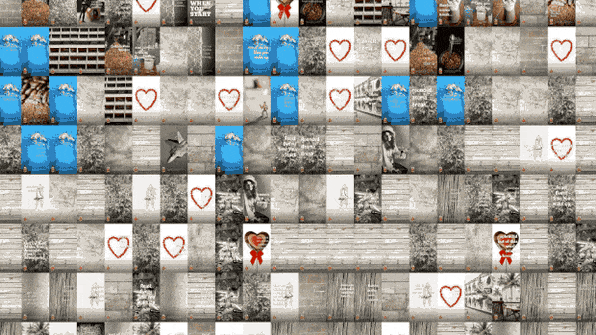

Where Good Ideas Come From: The Natural History of Innovation by Steven Johnson
If you read a lot about innovation, you can sometimes get the feeling that many books and essays consist of theoretical phrases rather than hands on examples, and this might become frustrating. Steven Johnson wrote a book that is much more entertaining and practical than many others in the field. It tells the story of famous ideas, where they came from and how they finally became services or products that changed our lives: The pencil. the flush toilet. The hashtag. The steam engine. You name it.
Reinventing Organizations by Frederic Laloux
Leading from the Emerging Future by Otto Scharmer
Nonzero: The Logic of Human Destiny by Robert Wright
Different Thinking: Creative Strategies for Developing the Innovative Business by Anja Foerster, Peter Kreuz.Leading from the Emerging Future by Otto Scharmer
Nonzero: The Logic of Human Destiny by Robert Wright
Creativity, innovation, and initiative are psychological processes that facilitate the transformation of individual work roles, teams, and organisations into desired future states. Therefore, the present paper focuses on potential research trends in this increasingly important area. Specifically, we identify three substantive gaps reflecting the needs for greater process differentiation, concept integration, and cross-cultural analysis. First, potential differential antecedents of specific creativity or innovation phases have received insufficient attention. Second, the creativity and innovation research domain may benefit from an integration of recently developed proactivity concepts such as personal initiative and voice behavior. Third, cross-cultural differences in values, motivational orientations, and leadership preferences may determine how creativity and innovation are enacted and cultivated across the globe. With respect to each of these future challenges, we provide suggestions for theoretical and empirical advancements and discuss potential practical and methodological developments.


- Real life is… a perpetual compromise between the ideal and the possible; but the world of pure reason knows no, no practical limitations, no barrier to the creative activity.” - Bertrand Russell
Most organizations have barriers to creativity, ideas, and innovation. Some are obvious while some are more subtle. Some barriers emerge from attitudes and perceptions of organizational leadership while others come from organizational structure or even from the employees themselves. Since these barriers have a tendency to eliminate creative possibilities from the organization, identifying and removing barriers to creativity and innovation is crucial. By pinpointing, recognizing, and acknowledging that barriers exist, an organization can bypass many common obstacles and become more idea-oriented by employing simple strategies.
- Common Workplace Barriers:
Immovable Forces
· Cause: Resistance to new ideas and processes happens because it’s human nature to become uncomfortable when confronting potential change agents. Management and leadership tend to resist because creativity often means embracing uncertainty and may pose possible difficulties in measuring returns on investment.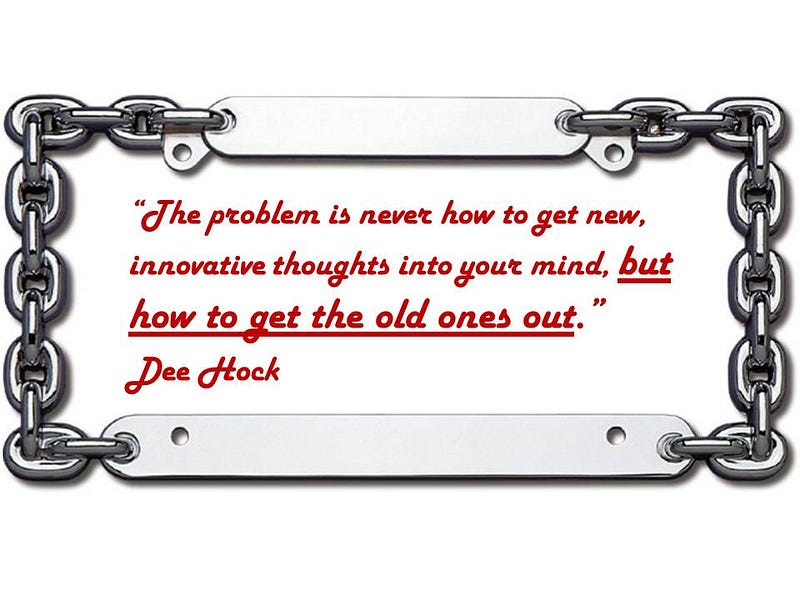 ·
Effect: Old
habits, beliefs, and assumptions cloud openness to new ideas and overpower
creative and innovative initiatives. The status quo remains in place and
nothing changes. · Strategy: Share stories about creativity and innovation in a workplace setting through all available channels to put creativity into context and to dispel preconceived notions about creativity and innovation. Build an Idea Library to provide resources that make creativity more familiar. Pinpoint and communicate the benefits of adopting new ideas, for both the organization as well as for the employees, to help gain acceptance.Judgment
·
Effect: Old
habits, beliefs, and assumptions cloud openness to new ideas and overpower
creative and innovative initiatives. The status quo remains in place and
nothing changes. · Strategy: Share stories about creativity and innovation in a workplace setting through all available channels to put creativity into context and to dispel preconceived notions about creativity and innovation. Build an Idea Library to provide resources that make creativity more familiar. Pinpoint and communicate the benefits of adopting new ideas, for both the organization as well as for the employees, to help gain acceptance.Judgment
 ·
Cause: Fear
of a new idea is often manifested as criticism and sometimes harsh judgment.
People mock and ridicule what they don’t understand.· Effect: Employees who have ideas are reluctant to share because they worry that no one will like the idea. They are afraid of ridicule or the implications of possible failure.· Strategy: Adopt a no-ridicule ideology within the organization. Invite and encourage all employees, from all levels and departments, to become involved with innovative initiatives. Communicate failure and missteps as a necessary stepping stone to new approaches, products, and services.Playing by the Rules· Cause: Policies and procedures, inflexible and rigid organizational structures, traditions, and a culture of playing by the rules, are keeping employees from participating, stifling any innovative or creative processes.· Effect: An oppressive environment has a tendency to force employees to conform to accepted patterns, rules, and inherent limitations of the status quo. This hampers creative thinking and new ideas.
·
Cause: Fear
of a new idea is often manifested as criticism and sometimes harsh judgment.
People mock and ridicule what they don’t understand.· Effect: Employees who have ideas are reluctant to share because they worry that no one will like the idea. They are afraid of ridicule or the implications of possible failure.· Strategy: Adopt a no-ridicule ideology within the organization. Invite and encourage all employees, from all levels and departments, to become involved with innovative initiatives. Communicate failure and missteps as a necessary stepping stone to new approaches, products, and services.Playing by the Rules· Cause: Policies and procedures, inflexible and rigid organizational structures, traditions, and a culture of playing by the rules, are keeping employees from participating, stifling any innovative or creative processes.· Effect: An oppressive environment has a tendency to force employees to conform to accepted patterns, rules, and inherent limitations of the status quo. This hampers creative thinking and new ideas. · Strategy: Although some rules are necessary, many can suppress innovation and ideas. Consider if some of the rules can be relaxed, changed, updated, or eliminated to make allowances for the idea process to flourish.Hard Work· Cause: Bringing ideas from development to implementation often takes a lot of effort or time to produce results. Most organizations and employees don’t want to devote the necessary time or effort to complete a creative project.· Effect: Negativity takes hold even before beginning a project or a project is eliminated before it even gets up and running. Lack of faith in the possible payoffs of a creative process can easily stymie or eliminate what might have been the next big idea.· Strategy: Going beyond the known, stock answers and allowing some time to discover more than one answer takes effort. Encourage employees by making it a competition or breaking larger initiatives into smaller, more manageable pieces.No process· Cause: Employees have ideas and want to share them but all they see is a dusty suggestion box. No other channels to input ideas are known by members to exist.· Effect: Past organizational experience shows employees that ideas put in the suggestion box disappear into a black hole so employees don’t bother to submit anything. They may feel there is no reason to get involved.· Strategy: Make it easy for employees to input ideas through a variety of different channels and technologies to encourage inputs. Have leadership acknowledge and celebrate the value of ideas even if they can’t be utilized. If an idea works, develop it.· Cause: Within an organization, creativity can be misunderstood by employees who are not creative in their work processes. Sometimes management will have little knowledge of the type of work it takes to produce creative projects.· Effect: An inaccurate impression of what is creative can result in workplace conflicts that hinder productivity and creativity, or even create an unpleasant or impractical work environment for some employees.· Strategy: Supply opportunities for all employees to use their creative side. Provide a context for ideas and innovation within the organization with creative examples. Offer training opportunities for employees to become more comfortable with their creative side.The effects of barriers within an organization can range from the most subtle undermining of possible changes to out-and-out misinterpretation of creativity. Whatever the barrier, it can cripple idea and innovation processes. Not only can barriers stop employees from becoming involved but they can keep the organization as a whole from moving forward.
· Strategy: Although some rules are necessary, many can suppress innovation and ideas. Consider if some of the rules can be relaxed, changed, updated, or eliminated to make allowances for the idea process to flourish.Hard Work· Cause: Bringing ideas from development to implementation often takes a lot of effort or time to produce results. Most organizations and employees don’t want to devote the necessary time or effort to complete a creative project.· Effect: Negativity takes hold even before beginning a project or a project is eliminated before it even gets up and running. Lack of faith in the possible payoffs of a creative process can easily stymie or eliminate what might have been the next big idea.· Strategy: Going beyond the known, stock answers and allowing some time to discover more than one answer takes effort. Encourage employees by making it a competition or breaking larger initiatives into smaller, more manageable pieces.No process· Cause: Employees have ideas and want to share them but all they see is a dusty suggestion box. No other channels to input ideas are known by members to exist.· Effect: Past organizational experience shows employees that ideas put in the suggestion box disappear into a black hole so employees don’t bother to submit anything. They may feel there is no reason to get involved.· Strategy: Make it easy for employees to input ideas through a variety of different channels and technologies to encourage inputs. Have leadership acknowledge and celebrate the value of ideas even if they can’t be utilized. If an idea works, develop it.· Cause: Within an organization, creativity can be misunderstood by employees who are not creative in their work processes. Sometimes management will have little knowledge of the type of work it takes to produce creative projects.· Effect: An inaccurate impression of what is creative can result in workplace conflicts that hinder productivity and creativity, or even create an unpleasant or impractical work environment for some employees.· Strategy: Supply opportunities for all employees to use their creative side. Provide a context for ideas and innovation within the organization with creative examples. Offer training opportunities for employees to become more comfortable with their creative side.The effects of barriers within an organization can range from the most subtle undermining of possible changes to out-and-out misinterpretation of creativity. Whatever the barrier, it can cripple idea and innovation processes. Not only can barriers stop employees from becoming involved but they can keep the organization as a whole from moving forward.

For those reasons, it’s crucial to identify creative barriers with the understanding it’s natural for organizations and employees to resist change. Through a conscious effort to move past creative roadblocks, an organization can embrace new depths of creativity and overcome these barriers. The result is an organization that is more innovative, creative, and idea-oriented.
Karen Sieczka is an award-winning workplace trainer, author, Creativity@Work expert, and founder of Growing Great Ideas.com , a workplace training resources website and the Growing Great Ideas blog . Karen has facilitated a variety of learning programs including technology, soft skills, and customized courses in customer service and business communications. She also trains organizations to become more creative and innovative in the workplace with insights and exercises from her eBook


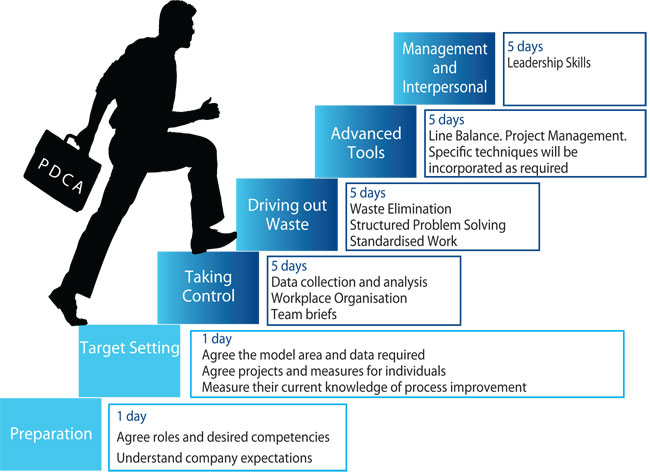



No hay comentarios:
Publicar un comentario